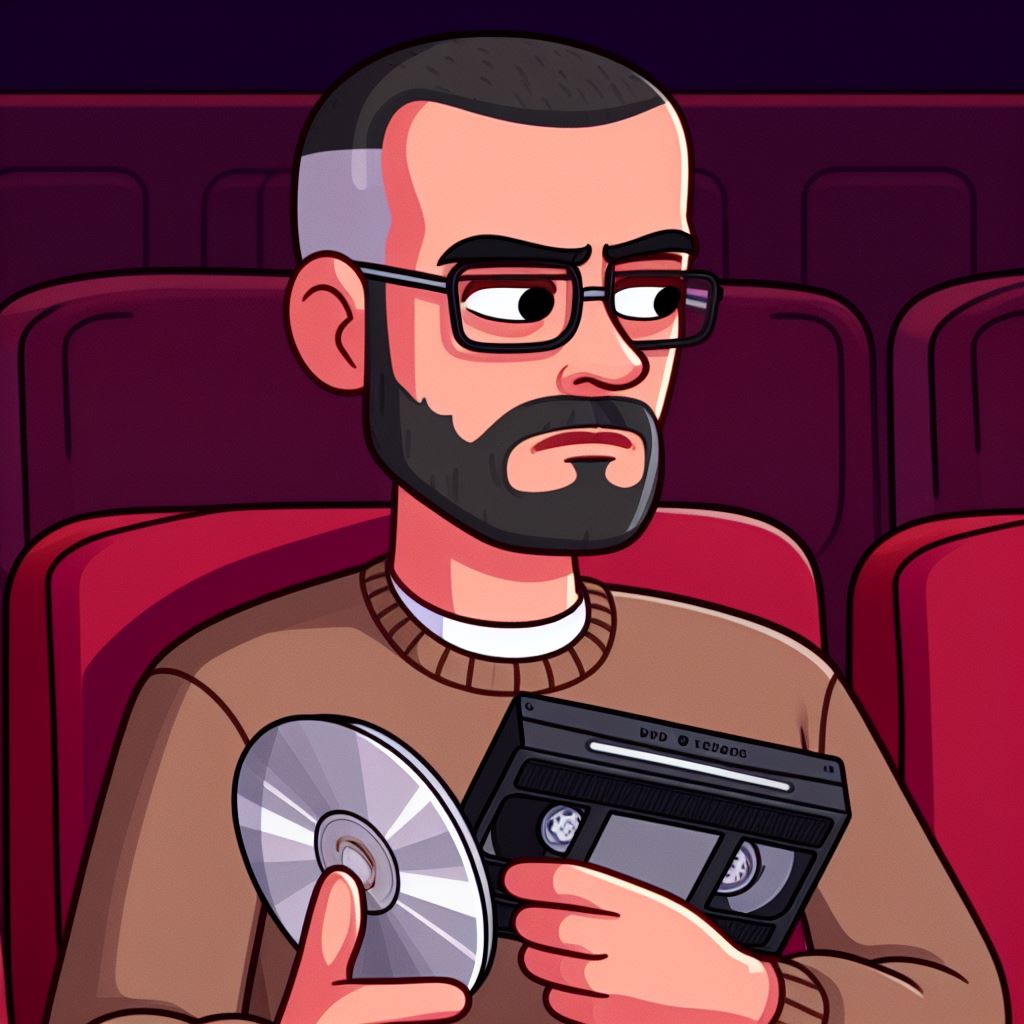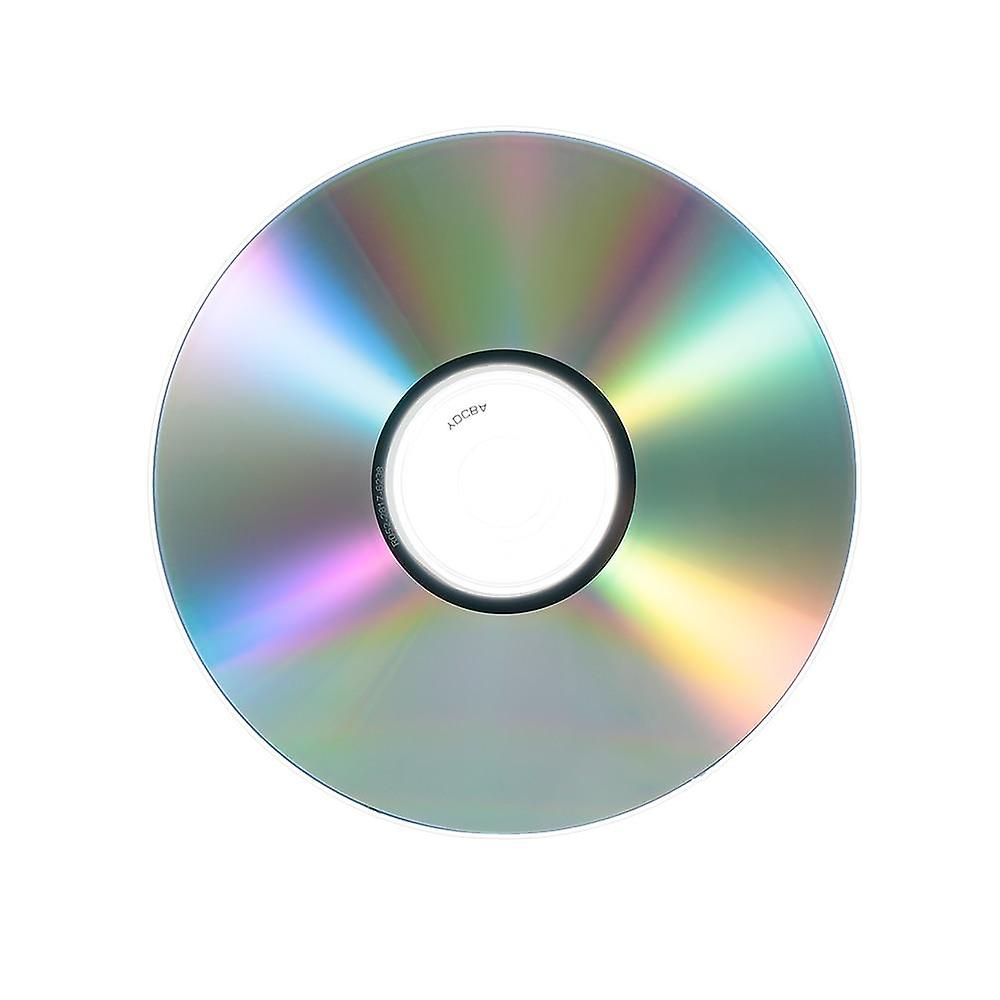However, only some people think the restorations are bad, and now they have a surprising advocate – noted film preservationist Robert Harris. Harris is the man behind the famous restorations of Lawrence of Arabia, Spartacus, The Godfather trilogy and many more. In a post to Home Theatre Forum, he acknowledged how different they look, but also explained that’s not necessarily a bad thing. On True Lies, “Shot 35 and blown up to 70, the visuals of the new 4k UHD are absolutely not what the film was upon release, but the secret sauce works, and allows a presentation that appears far better than it might without it.”
In a post about Aliens, he elaborated a bit more on why these restorations have his approval. “Original prints were on the grainy side, as a higher speed stock was used. I always thought it looked fine, as that was the look. No problem. But there were those who felt that it was too grainy. Enter the new 4k UHD from Disney via Fox, and it has an entirely new look. And it’s a look that I like. Very much! The image has been de-grained, with zero loss of resolution, which if anything as been slightly heightened. Color are meticulously reproduced. And there’s an overall clarity that is new to the film.”
As far as Harris is concerned, these restorations have been done the right way, and there is a lot of logic behind what he says. Cameron always favoured shooting his film in a process called Super 35, as it allowed him to print a larger film frame on the stock that would make the home video releases look better. In True Lies or Titanic, he was able to show the films in 2:35:1 scope theatrically. Then, when reformatted to 1:33:1 (the standard TV ratio in the era before widescreen TVs), he could reveal more of the frame at the top and bottom, avoided the pan-and-scan look common at the time, making the films play better at VHS. The downside was Super 35 was grainy. This wasn’t super noticeable on DVD and even 1080p Blu-rays, but it proved problematic on 4K, hence the restoration.



I don’t think AI assistance is inherently bad. The issue is when they just call it a day without checking it over and making their own adjustments afterwards.
We’ve seen plenty of terrible AI upscaling, but I’m sure there’s also upscaling and restoration that’s been done with AI assistance where no-one’s even noticed the fact that AI was used because it was used well.
I agree, but in terms of preservation it should be as FfaerieOxide says. That way better algorithms can be used on those scans in the future.
And people should have choices over whether they want a version that’s just the high quality scan only, or whether they want the AI upscale version. Personally I like the film grain, the super clean look just doesn’t feel right. But if people want the super clean look, I’m not going to be stopping them from having it.
And we don’t want to get into the same situation as with the Star Wars OT where all kinds of alterations are made but you can’t legally get a version without those alterations.
I agree that keeping the original versions is important, even if it’s just in a vault somewhere.
It would certainly be nice for people to have that choice, but I guess it’s up to the creator(s) whether they want to offer that choice. I agree it sucks for consumers to not be able to (legally) access older versions any more, but I also think it’s fair enough for artists to no longer sell their works if that’s what they want.
I think there’s too much emphasis on the “artists” for this. I think there’s a death of the author kind of deal where once a thing is out there, it’s up to the audience what it means. Well it’s not that the audience 100% owns it, but it shouldn’t be 100% the artist’s decision either. If you’re making art for yourself then keep it to yourself. But If you’re making art for others then what those people want matters too.
Legally it’s what the owners of the copyright want that ultimately decides it. But morally speaking, actively preventing people from seeing the thing they saw before seems wrong to me. People change which means artists change. Sometimes you just like an artist’s earlier work better and having the artist later on in life alter it means you’re no longer able to really see the artist’s earlier work.
With Star Wars the best version is almost always a fan cut anyway.
4k77 looks pretty good
I get that as someone who uses ‘Fuzzy Select’ to a certain extent I’m full oh shit here, but I don’t think things which can’t perceive should be putting out art.
I also see no point in "re"storing art to a higher quality or resolution than it originally was. That seems like wasted effort which could have been directed toward a sequel.
I’d agree that just taking the raw output from an AI and putting it out without any changes probably isn’t going to go well. But I don’t think there’s any harm in a human using it as a tool - much like you using “fuzzy select” in Photoshop doesn’t have any effect on someone’s judgement/appreciation of your end result. Because ultimately, to the audience, the result is the important thing, not the process. 99% of people aren’t going to care how it was done, just that they like how it looks.
I don’t see it this way, personally. I’ve definitely seen films where dated special effects or other technical aspects can break my immersion. I’m not someone who’ll refuse to watch old films, but it doesn’t necessarily mean I don’t appreciate things being updated to meet more modern technical standards (ideally the old versions will be preserved, though) if the original artistic vision can be upheld (or even executed on even better than at the time).
As for directing that effort towards a sequel, I think there are plenty of reasons why they might not want to. Maybe they don’t have any further stories they want to tell with the characters or setting. Maybe the actors don’t want to be involved. Maybe they have an idea but can’t get a good script going. Maybe they can’t get financing. A couple of people going through upscaling/restoring the film is very different from creating a new film!